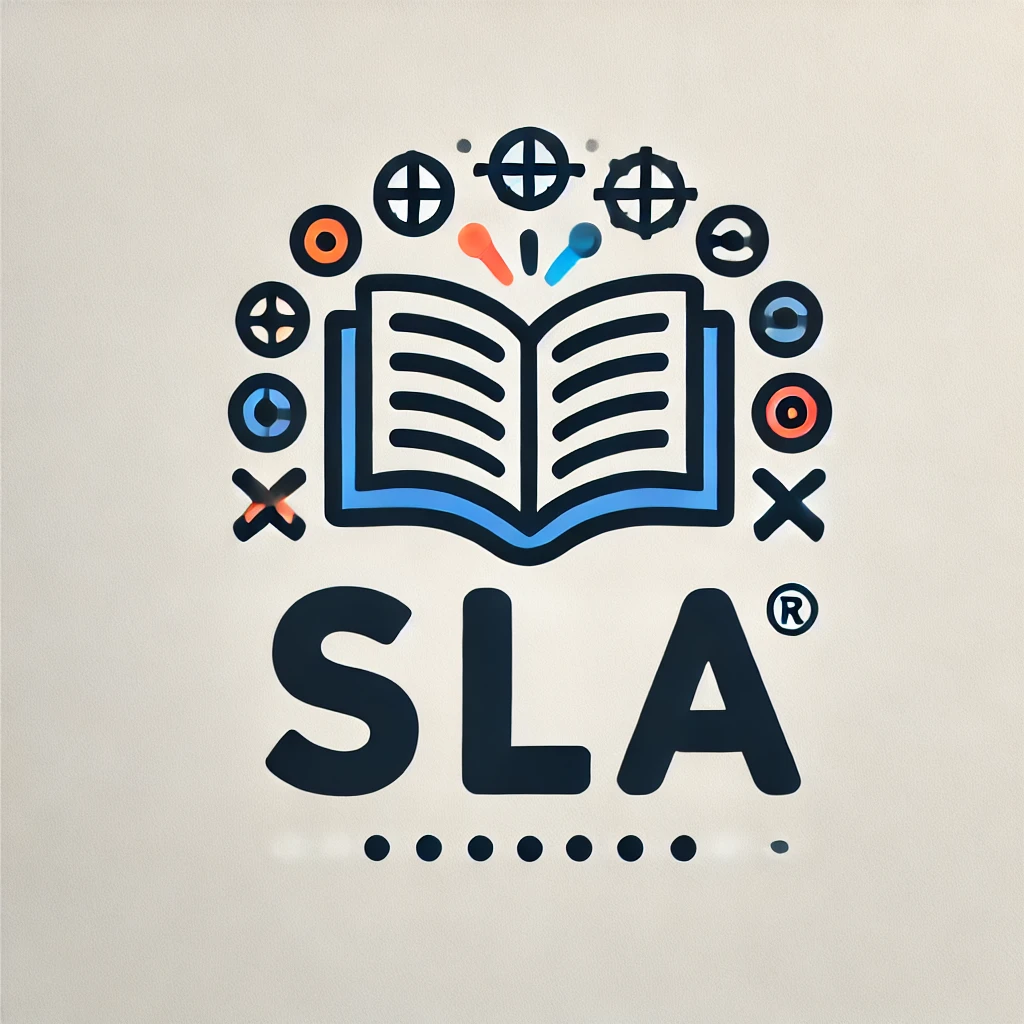Have you ever wanted to learn a new language but didn’t know where to start? Language learning apps are a convenient and effective way to pick up a new language at your own pace. But with so many options available, how do you choose the right one for you? In this article, we will discuss the key differences between language learning apps to help you make an informed decision. Whether you’re a beginner looking to start from scratch or an advanced learner seeking to improve your skills, there is a language learning app out there for you.

User Interface
When it comes to language learning apps, the user interface plays a crucial role in your overall learning experience. A user-friendly interface can make navigating the app easier and more enjoyable for you. Some language learning apps have a clean and minimalist design, while others may have a more cluttered layout. It’s important to choose an app that you feel comfortable using, as you will be spending a significant amount of time interacting with it.
How to Evaluate User Interface
Pay attention to the layout of the app, as well as the color scheme and font style used. Look for apps that have intuitive navigation and organized content. Consider whether the app offers customization options, such as changing the theme or font size. A visually appealing and easy-to-use interface can make your language learning journey more engaging and productive.
Language Selection
The range of languages offered by language learning apps varies widely. Some apps focus on popular languages like Spanish, French, and Chinese, while others may offer a broader selection of less commonly taught languages. If you have a specific language in mind that you want to learn, it’s important to choose an app that caters to your needs.
Evaluating Language Selection
Consider the languages offered by each app and whether they align with your language learning goals. Some apps may specialize in a particular language family, such as Romance languages or Slavic languages. If you’re interested in learning multiple languages, look for apps that provide a diverse range of language options. Having access to a variety of languages can help you explore different cultures and expand your linguistic skills.
Learning Methods
Language learning apps employ various methods to help you acquire new vocabulary, grammar, and pronunciation skills. Some apps use gamified lessons and quizzes to make learning more interactive and engaging. Others may emphasize audio lessons or conversation practice to improve your speaking and listening abilities. The learning methods used by an app can affect how effectively you absorb and retain new language knowledge.
Evaluating Learning Methods
Think about your preferred learning style and which methods are most effective for you. If you enjoy playing games and solving puzzles, you may benefit from an app that gamifies language learning. If you learn best through auditory input, look for apps that offer audio lessons or dialogues. Consider how each app approaches vocabulary acquisition, grammar instruction, and pronunciation practice. Choosing an app that aligns with your learning preferences can enhance your language learning experience.
Progress Tracking
Tracking your progress is essential for staying motivated and seeing your language skills improve over time. Language learning apps may offer progress tracking features such as quizzes, tests, and proficiency evaluations. Some apps allow you to set goals and monitor your achievements, while others provide feedback on your performance and areas for improvement. Progress tracking tools can help you stay on track with your language learning goals and celebrate your successes along the way.
Evaluating Progress Tracking
Look for apps that offer robust progress tracking features, such as detailed performance metrics and personalized feedback. Consider whether the app allows you to track your fluency level, vocabulary growth, and grammar proficiency. Evaluate whether the app provides regular progress updates and encourages you to reach new milestones. A comprehensive progress tracking system can motivate you to continue learning and measure your progress effectively.

Cost and Subscription Options
Language learning apps come in a variety of pricing models, ranging from free to subscription-based services. Some apps offer basic features for free but require a paid subscription for access to premium content or advanced lessons. Others may have a one-time purchase option or offer discounts for longer subscription periods. When evaluating the cost of language learning apps, consider your budget and how much you’re willing to invest in your language learning journey.
Evaluating Cost and Subscription Options
Compare the pricing plans of different language learning apps and consider the value they offer for the price. Look for apps that provide a free trial or demo version so you can test out the features before committing to a subscription. Check whether the app offers additional resources or materials for paid users, such as live tutoring sessions or language proficiency tests. Take into account any hidden fees or in-app purchases that may affect the overall cost of using the app. Choosing an app with flexible pricing options can help you find a plan that fits your budget and learning needs.
Offline Access
Having the ability to access language learning materials offline can be a game-changer, especially if you’re frequently on the go or don’t have consistent internet connectivity. Some language learning apps allow you to download lessons, audio files, and other content for offline use, so you can continue studying even when you’re offline. This feature can be particularly useful for travelers, commuters, or individuals with limited access to the internet.
Evaluating Offline Access
Consider whether offline access is a priority for you and how often you find yourself in situations without internet access. Look for apps that offer offline downloading capabilities for lessons, exercises, and other study materials. Evaluate the storage capacity required for offline access and whether the app allows you to access your progress and sync data across devices when offline. Having the option to study offline can ensure that you stay consistent with your language learning practice, regardless of your location or internet connection.

Community and Support
Language learning can be a solitary pursuit, but having access to a supportive community and knowledgeable language experts can enhance your learning experience. Some language learning apps offer forums, chat rooms, and social networking features where you can interact with other learners, ask questions, and practice your language skills with native speakers. Community support can provide encouragement, motivation, and assistance as you progress through your language learning journey.
Evaluating Community and Support
Look for apps that prioritize community engagement and provide opportunities for learners to connect with each other. Consider whether the app offers access to language tutors, teachers, or language exchange partners who can provide guidance and feedback on your language skills. Evaluate the responsiveness of the app’s customer support team and the availability of help resources, such as FAQs, tutorials, and troubleshooting guides. A strong community and support network can keep you motivated, engaged, and accountable as you work towards fluency in a new language.
Compatibility and Accessibility
Language learning apps are available on a variety of devices, including smartphones, tablets, and computers. Before choosing a language learning app, consider the compatibility and accessibility of the app across different platforms and operating systems. Some apps may offer a seamless user experience on iOS devices but have limited functionality on Android devices, or vice versa. It’s essential to select an app that works well on your preferred device and allows you to study conveniently wherever you are.
Evaluating Compatibility and Accessibility
Check the app’s compatibility with your device’s operating system and ensure that it supports the features you need for effective language learning. Look for apps that offer cross-platform synchronization, so you can seamlessly switch between devices without losing your progress. Consider whether the app is optimized for mobile use, with responsive design and intuitive navigation for smaller screens. Choosing a language learning app that is compatible and accessible on your devices can make studying on-the-go more convenient and consistent.
In conclusion, there are key differences between language learning apps that can influence your choice of app and impact your language learning journey. By evaluating factors such as user interface, language selection, learning methods, progress tracking, cost and subscription options, offline access, community and support, and compatibility and accessibility, you can find the right language learning app that suits your needs and preferences. Whether you’re a beginner looking to get started or an advanced learner seeking to improve your skills, choosing the right app is an important step towards achieving fluency in a new language. Remember to consider your learning goals, preferences, and budget when selecting a language learning app, and don’t be afraid to try out different apps to find the one that works best for you. Happy language learning!

